How can onion peels be used as fertilizer?
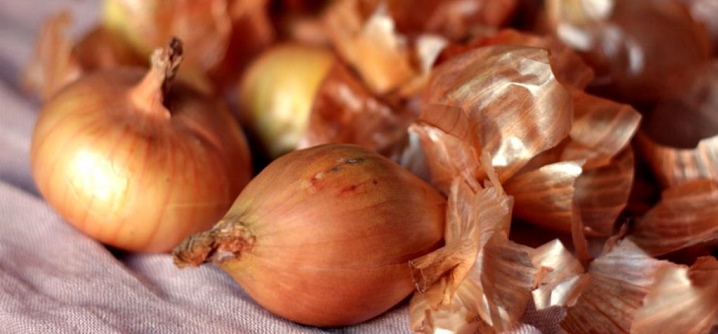
Onion peels are an excellent top dressing for indoor flowers and vegetable gardens. The beneficial properties that are included in the composition nourish the soil and saturate it with the necessary substances for the development of plants. What are the main ways of using onion peel, how to infuse and use the decoction correctly - this will be discussed in this article.
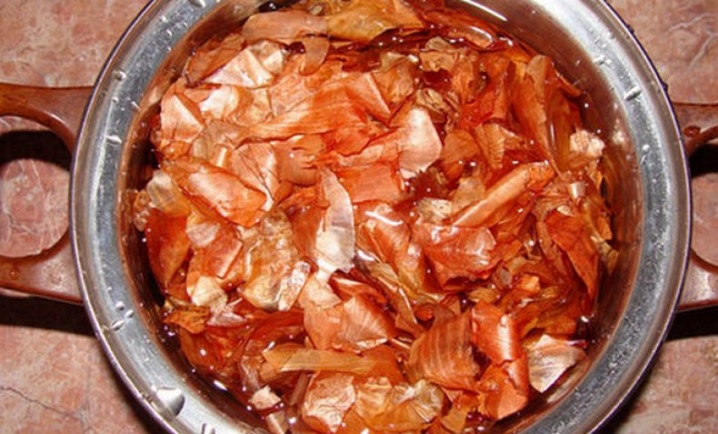
Composition and properties
Onion peel contains a high content of vitamins, micro- and macroelements that nourish plants and saturate the soil with useful substances. Onion skins are excellent fertilizers for garden and horticultural crops, as well as for indoor plants.
The main nutrients that plants need.
- Carotene... The substance has antioxidant properties, which helps to strengthen the roots and plant tissues. Once in the soil, carotene saturates even the weakest plants with vitamins. After such feeding, the plant perfectly tolerates unfavorable conditions, and the development of the culture takes place in full force.
- Phytoncides... Substances contribute to the destruction of various viruses and fungi that may be in the soil. Therefore, onion peels are used in the fight against pathogenic microorganisms that lead to infection with fungal diseases.
- Vitamins of group B... Thanks to these elements, the growth of cells is activated, their shell is strengthened, the leaves become brighter, the turgor increases. The root system develops evenly and fully nourishes the terrestrial organs of plants. Vitamins also contribute to the abundant flowering and fruiting stage.
- Vitamin A will help to cope with the lack of sunlight and promote the development, growth and flowering of plants on cloudy days.
- Vitamins of the PP group. These substances are essential at all stages of vegetative development. They convert the resulting oxygen and sulfur into a chemical state available to plant crops.
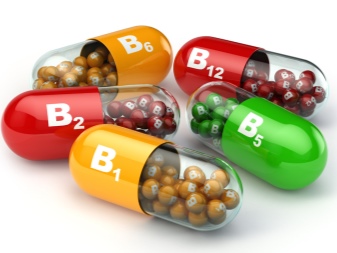

The fertilizer also includes copper, boron, magnesium, iron, manganese. The complex of all these elements has strengthening, toning and nourishing properties. Top dressing also has loosening properties, which has a beneficial effect on the structure of the soil.
It is worth noting the aeration process that occurs in the soil during the fertilization process. The soil is supplied with the necessary amount of oxygen, which is very important for the formation of a nutrient-rich and healthy soil.
He, in turn, supplies the plant with all the important substances for growth and further development.
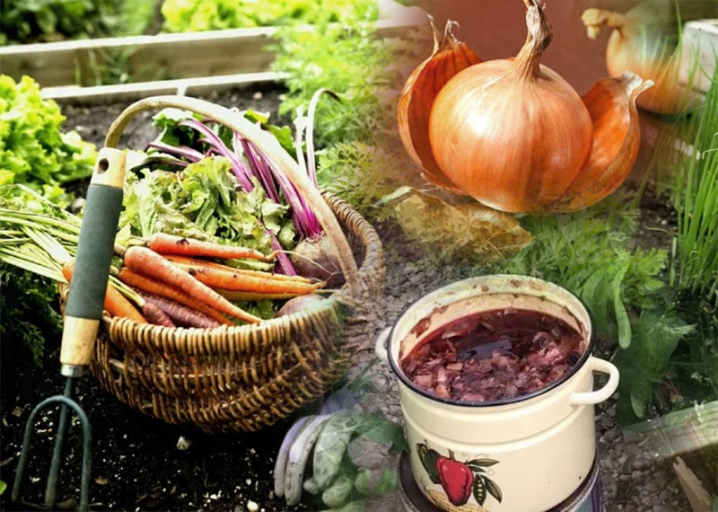
How to cook?
Making a decoction from onion peels is quite simple. First you need to collect and dry the husk... It is harvested from healthy bulbs and dried in a convenient way: in the oven, in the microwave, or in direct sunlight.
There are several ways to make a decoction at home.
- Method number 1. Pour 1⁄2 cup of husk into dishes (preferably enameled), pour 1.5 liters of hot water and boil for 5 minutes. After boiling, the broth should be infused for a couple of hours. Then the infusion must be cooled and filtered. This broth is used in the prevention of various diseases. Plants are treated by spraying. The broth should be used fresh, storage is excluded.
- Method number 2. Pour 200 g of husk with 10 liters of water at room temperature. Insist 15 hours. Then the broth is filtered and sprayed with flowers and plants. Such a remedy helps to get rid of small insects.
- Method number 3. 100 g of onion husks are boiled in 250 ml of water. Then strain the broth and add 250 ml of water. Plants are treated with a liquid for two weeks. Every day you need to prepare a new broth. The broth eliminates midges, aphids and other small pests.
- Method number 4. For this version of the broth, it is necessary to finely chop 250 g of onion husks. The husk is sent to a bowl and 10 liters of water are poured. Cover the dishes with a lid. In this state, the infusion is left for four days. The solution is used for spraying home crops.
- Method number 5... Collect half a bucket of husk and fill it with a bucket of hot water. The liquid is infused for two days. After which the broth must be filtered. The liquid is used for spraying.
- Method number 6... 250 g of husks need to be poured with 1.5 liters of water. Boil. You need to cook the broth for 5 minutes over low heat. Then the liquid is cooled and filtered. The solution is used for watering plants. Each plant requires 70-100 ml of liquid.
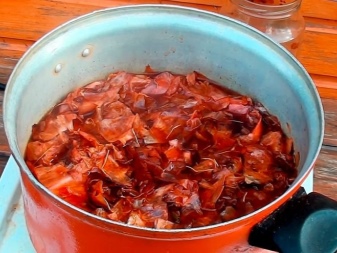
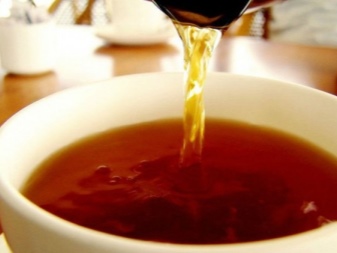
The most popular way to prepare the infusion is considered to be the following recipe:
- peel off the husk from several onions;
- the husk is placed in a bowl and 1 liter of boiling water is poured;
- the liquid is insisted for two days.
Such a decoction recipe is suitable for processing weak and sluggish plants, with yellowness on the leaves.
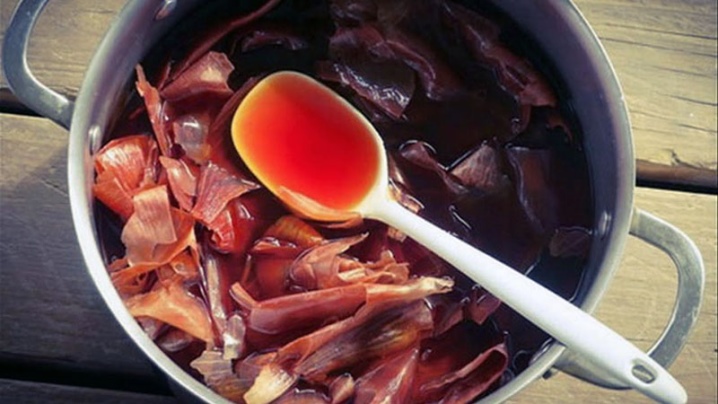
Application methods
Onion hulls are wonderful dressing for home flowers. The beneficial substances that onion husks contain are able to revive a weak flower, improve immunity protection, saturate the soil with useful substances, improve the flowering stage and destroy harmful insects.
For sluggish and diseased plants, use a decoction. Flowers must be processed once a week. Over time, changes in growth and appearance will be noticeable: yellowness will go away, the leaves will become brighter.
Healthy crops also need feeding. Macro- and microelements contained in the broth will contribute to further development and exuberant flowering.
However, do not forget that some types of indoor crops do not tolerate onion peels. Such plants include cacti, succulents, fat women, ficuses, which, after such fertilization, may even die.

With a decoction of the husk you can feed young seedlings... During this period, fertilization with chemical fertilizers is excluded. Therefore, one cannot do without folk recipes. Young shoots are watered with broth when wilting or the appearance of black rot.
Houseplants should be fed in the spring. At this time, vegetative processes begin. Watering and spraying is carried out every 10 days.
Hull infusion is an excellent remedy against pests... But it should be used only if the plants were not completely infected. In advanced cases, spraying will not help. Also, do not wait for pests to appear. Spraying with infusion is used as a prophylaxis against ticks, aphids and midges.
Onion peels can be used as a preventive measure and for garden plants. The substances in the broth also do an excellent job with insects in the fresh air. The liquid is used in the fight against the Colorado potato beetle, slug, bear, caterpillar, cabbage, apple moth, ticks, clickers and cruciferous flea beetles. Shrubs and trees are sprayed with broth to destroy existing insects and to prevent infection. The procedure should be carried out no more than 3 times with a week break.
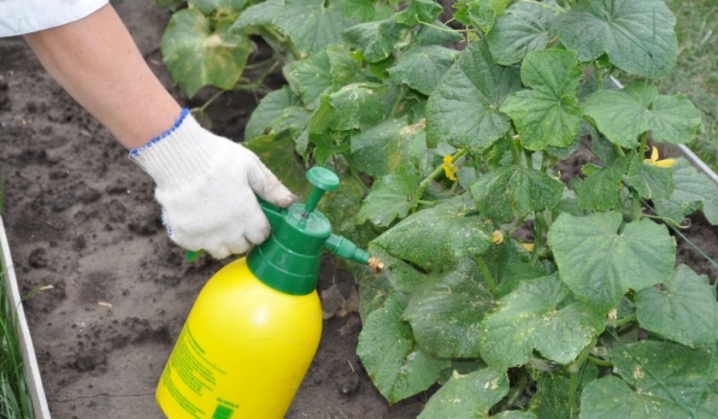
Onion peels can be used and in the form of mulch... The dried husk is buried in the ground, where a young plant will be planted. It is recommended to plant a new plant a few days after applying the husk to the soil. In such a soil, the possibility of the appearance of insects is excluded, which can lead to fungal diseases of the root system of a young shoot.
For feeding garden plants should be watered at the root and over the leaves. The husk infusion is also used in the processing of vegetables.The husk, which remained after straining the broth, is used together with compost in the form of additional fertilizer.
Onion peels are useful when processing melons... Cultures are often affected by black rot. Plants must be processed regularly with some break. This will greatly reduce the likelihood of infection.
Black leg is another garden plant disease, in the fight against which they use a decoction of onion peels. The liquid easily replaces chemical fertilizers and does an excellent job of disinfection.
A decoction of the husk not only destroys pests and serves as the prevention of diseases. When watering or mulching the soil, the smell scares off mice and moles.
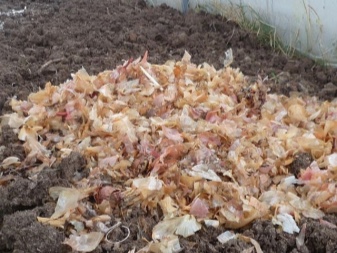
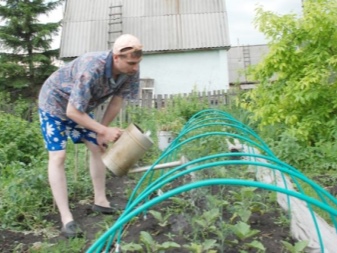
For information on how to use onion peels as fertilizer, see the next video.













The comment was sent successfully.